Siblings Keeth Smart (‘96) and Erinn Smart (‘97) went from practicing fencing in the cafeteria to competing on the Olympic stage, representing Team USA at three consecutive Games.
These Brooklyn Tech alumni, who majored in SSR and Chemistry respectively, competed in fencing at the 2000 Sydney games and the 2004 Athens games, both going on to earn silver medals in their respective events at the ‘08 Beijing Games.
The Smarts discovered fencing after their father, a production manager at Sports Illustrated, had a colleague recommend it to him. In 1991, the siblings began fencing through The Peter Westbrook Foundation, a non-profit organization designed to “leverage the unique sport of fencing to offer structured physical activity, academic support, and world class coach-mentors to help underrepresented youth excel.”
The Smarts were some of the first students the foundation sponsored after it was started the same year by Peter Westbrook, the first African-Asian American to win an Olympic medal in fencing. The organization has grown to train more than 4,000 fencers and has sent 16 to the Olympic Games.
This foundation not only introduced the two to the sport but to a lifelong passion. “[Fencing] wasn’t like a typical sport where if you’re the tallest or the strongest, you’re most successful,” Keeth realized. “It was one [that] required a lot of practice and precision, and I found that challenging, but also fun.” “We just both loved the sport and we started going once, twice, three times a week,” Erinn remembered. “And next, we’re almost living in a fencing club and suddenly traveling and making teams and that sort of thing.”
Fencing consists of three different disciplines: saber, épée, and foil. The differences between these types of swords are their weight, lengths, and blade shapes. These styles are also differentiated by the zone in which points can be scored. Erinn fenced foil, a light weapon with a 90 cm blade and a scoring zone in the torso. Keeth, fenced saber, a heavier but shorter weapon with an 88 cm blade that can score anything above the waist, except the hands and wrists.
During their time at Tech they found a home on the fencing team, while also navigating Tech’s demanding academics. Their visions of future fencing careers motivated them to study.
“Everything was the end goal [of getting] good grades, so I could fence more,” said Erinn. “All I wanted to do was fence more.”
“What I loved about Brooklyn Tech is it’s a school where academics [are] so rigorous that it forced me to develop time management,” Keeth explained, adding that he benefited from the experience of “going to all the competitions [at] different high schools around the city, and learning how to compete and manage expectations and become a better fencer.” Erinn knew she wanted to have a future career in fencing. “I want to work really hard and make sure that I have high enough grades that I can get into Columbia,” she stated.
After graduating from Tech in 1997, Erinn continued her rise at Barnard College, majoring in Economic History and fencing for Columbia University’s team.
She competed both regionally and nationally in hopes of qualifying for the 2000 Olympic national team, which she felt capable of achieving after beating an Olympian at a national tournament a few years earlier. However, Erinn soon realized that qualifying was no easy feat, and her path “leading up to the Olympics [was a] body breaking, gut wrenching, emotional roller coaster ride.”
The World Cup for fencing decides who makes the Olympic team. Results are decided at the end of each qualifying season, based on the top twelve competitors.
“If you don’t do well at one World Cup, there’s opportunities to crank it up the next couple,” she stated. “Fencing really just shows the cream of the crop rises to the top because you have so many events.”
Keeth, who majored in finance at St. John’s College, attended on a full athletic scholarship for fencing, and also worked hard to be considered for the Olympic team. He attended the Atlanta 1996 games as a sparring partner–someone who practices with the Olympians before their events–but it was not until the Sydney games in 2000 that he competed in the first of three Games himself.
“When I went in 2000 I was still in college, and I didn’t really have any expectations or pressure on me from the US Olympic Committee,” he said. At his first Games, he was more focused on the experience and noted that he tried to “just enjoy the moment.”
Erinn joined her brother to compete as an alternate in Sydney. “2000 was a great learning lesson for me, because I improved a lot, I changed my game, I changed coaches,” she reflected. “I [made] a lot of drastic changes to ensure that I would make the 2004 team.”
For the Smarts, the 2004 Athens Games were filled with frustration. “I lost my first match against someone I always beat,” Erinn lamented. “I finished fourth, and I missed the medal by one point on two separate occasions,” remembered Keeth.
Following those Games, Erinn took a break, which ended quickly when the Olympic Committee reinstated her team sport.
“If [they’re] bringing the team event back, I can do it, I love competing [with] the team,” she recalled saying to fellow fencing Olympian, Iris Zimmerman. “That was my favorite part!”
“I think each Olympics is different for the experience you’re getting out of it…[and] your expectations going into it,” said Keeth. “By the 2008 Olympics, we were going there with expectations to perform well, and so I had a lot more experience in terms of how to manage the pressure…we were going on a mission.”
Although the pressure was greater, Keeth was better equipped to handle the competition.
“Going into my third Olympics, the nervous energy was no longer there, so I could clearly pounce on my opponents that seemed very nervous,” he explained.
Although the siblings had gained experience and elevated their games, all their hard work took its toll.
“[Fencing is] physically tough, [there are] lots of injuries that just break down the body,” Erinn noted. “That’s why going into [the 2008] Beijing [Olympics], I knew I was done because my hip could not take another lunge.”
The 2008 Olympics brought the results they had been training for since the beginning. Keeth earned a silver medal in men’s Team Saber, while Erinn took silver in women’s Team Foil, becoming the first Black female American to medal in fencing at the Olympics.
“One of my proudest Olympic moments was watching her win an Olympic medal,” Keeth recalled. “I knew how hard she had worked, and I knew all the effort she had put into it…it was just such a special moment.”
Throughout the Smart sibling’s careers, the fencing world has changed, especially for women.
“The women’s movement has changed incredibly for the better from when I was first introduced into the sport,” Erinn emphasized. “Now we have equal representation.” Women’s epee was introduced to the Olympics 30 years ago. Prior to that, women could only compete in foil. It wasn’t until 2004 that the Games included women’s saber. “Now a young girl or whomever…[doesn’t] have to be siloed into one weapon,” Erinn explained.
“There’s freedom. You can even do it at the Olympic level, and it’s fully respected, just like the men’s sport.”
“It’s just incredible, to see how much [female fencers] are a dominant force on the global scene, they are leading the charge,” she added. Keeth observed a similar phenomenon with people of color.
“When I first started fencing in the early ‘90s, it wasn’t very diverse,” he said. “It’s still not a super diverse sport, but…people like myself and others have inspired a whole generation of fencers of color to grow and have an amazing career.”
In 2014, the Smarts were inducted into the USA Fencing Hall of Fame. Today, Keeth and Erinn both sit on the board of the The Peter Westbrook Foundation, where their careers began many years ago.
“The biggest piece of advice I would give any fencer or even student is: don’t get discouraged and you really [have] to work hard,” said Keeth. “You have to put in the effort. You can’t cut corners.”





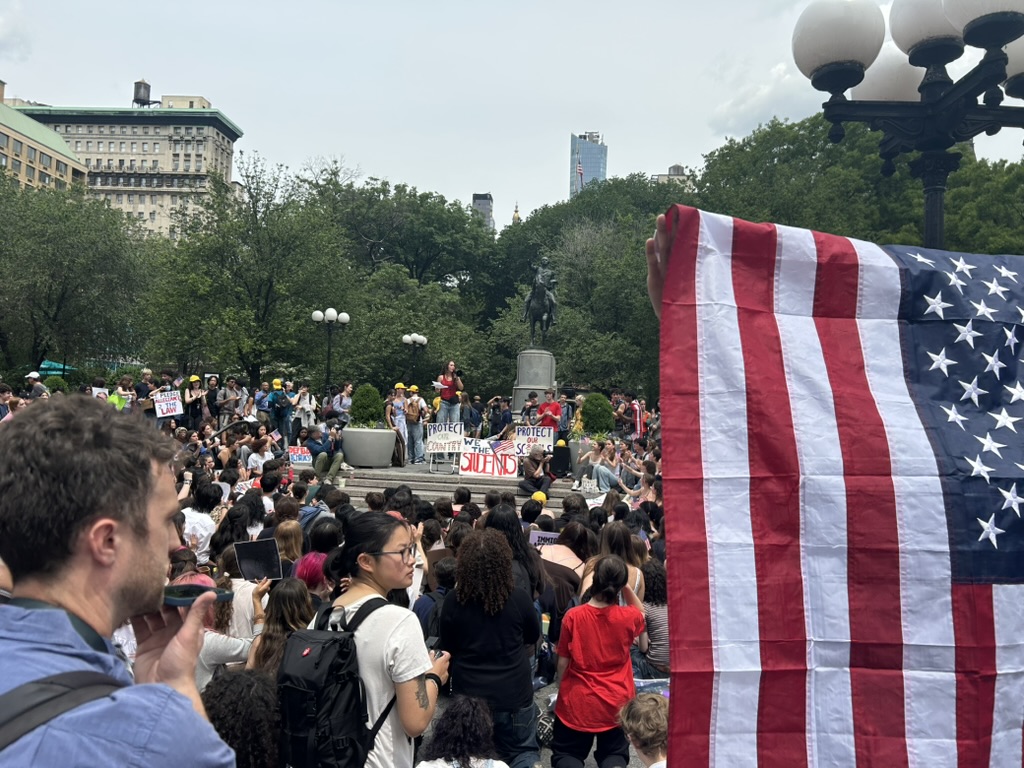

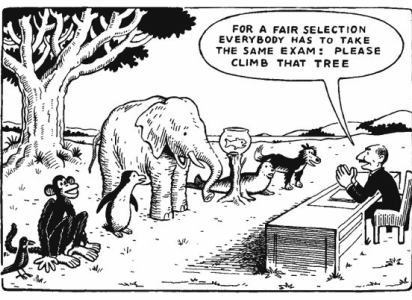


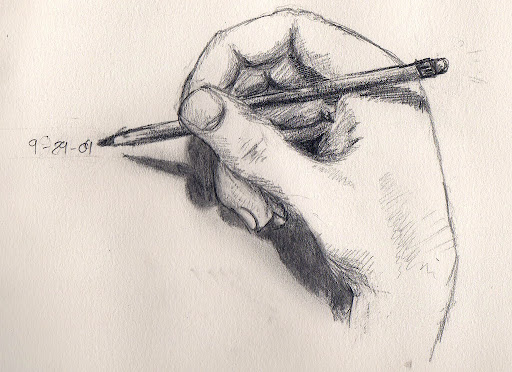


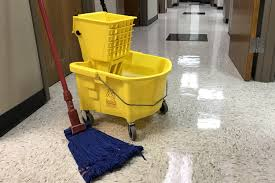
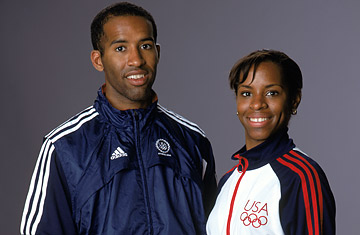
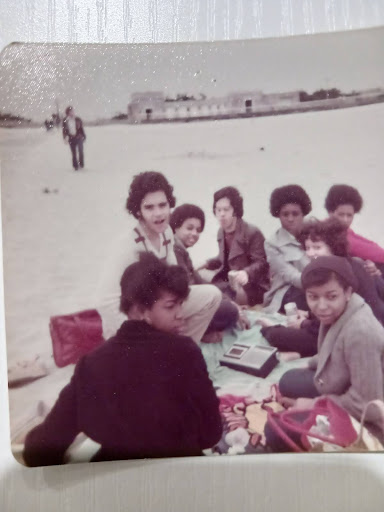
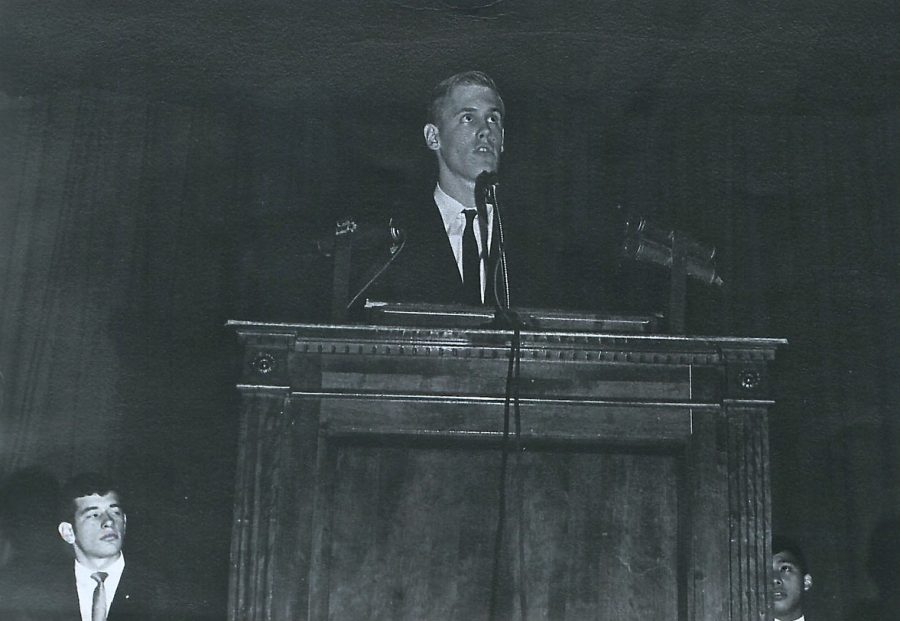
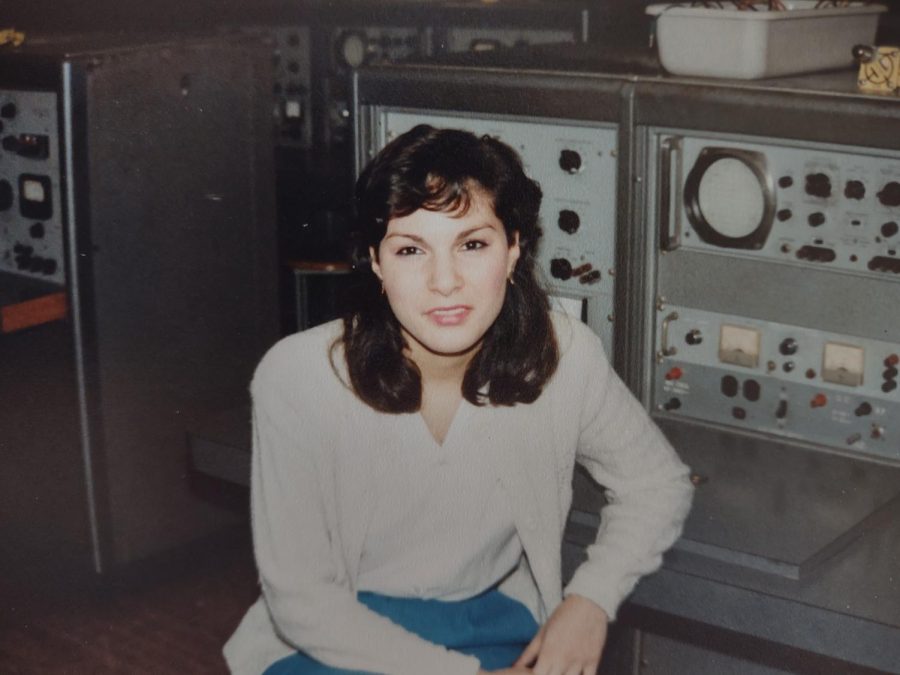
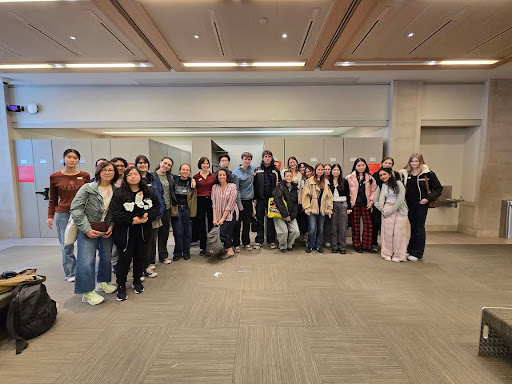
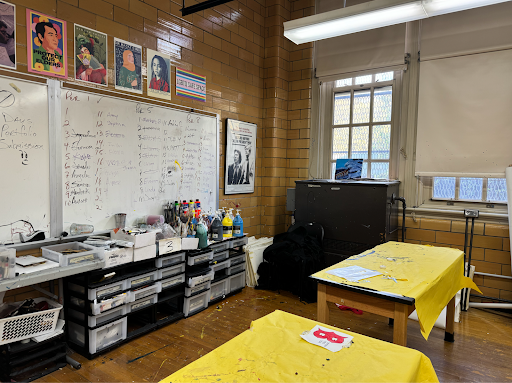

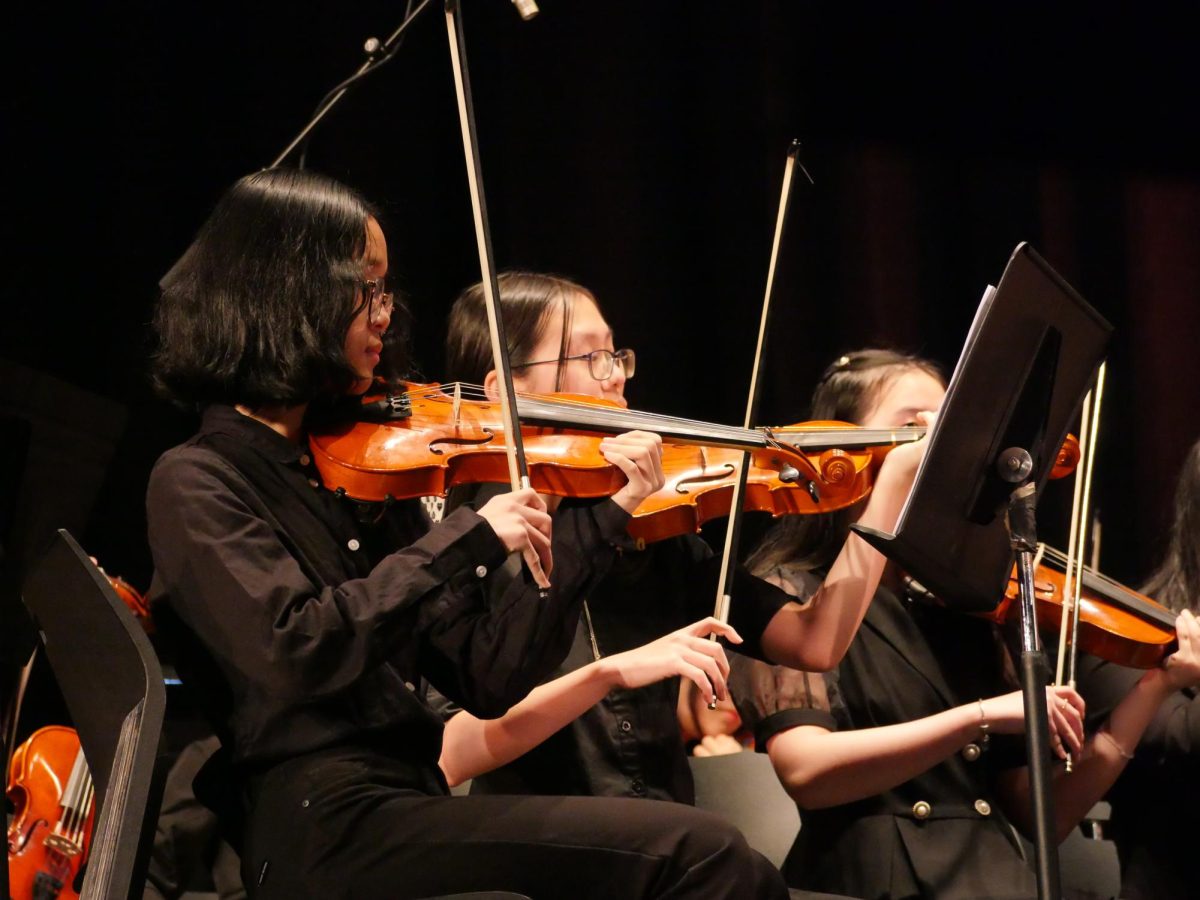
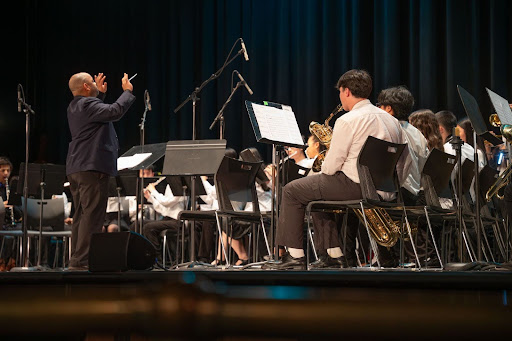





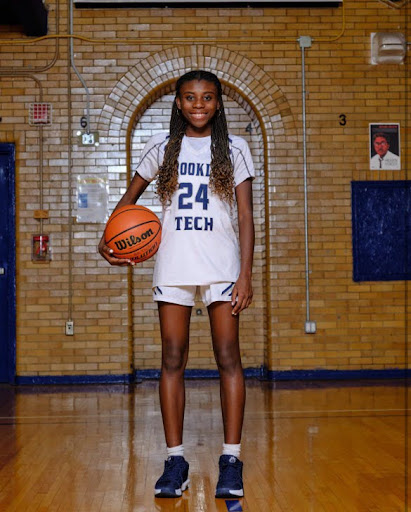
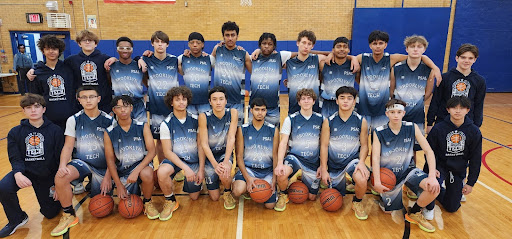
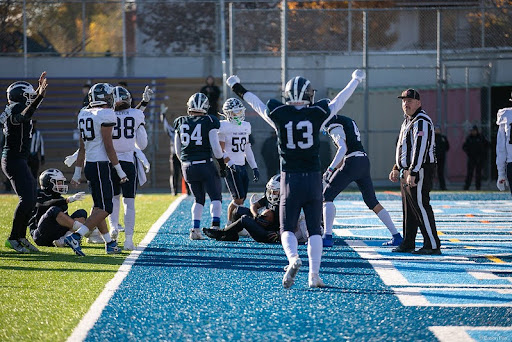
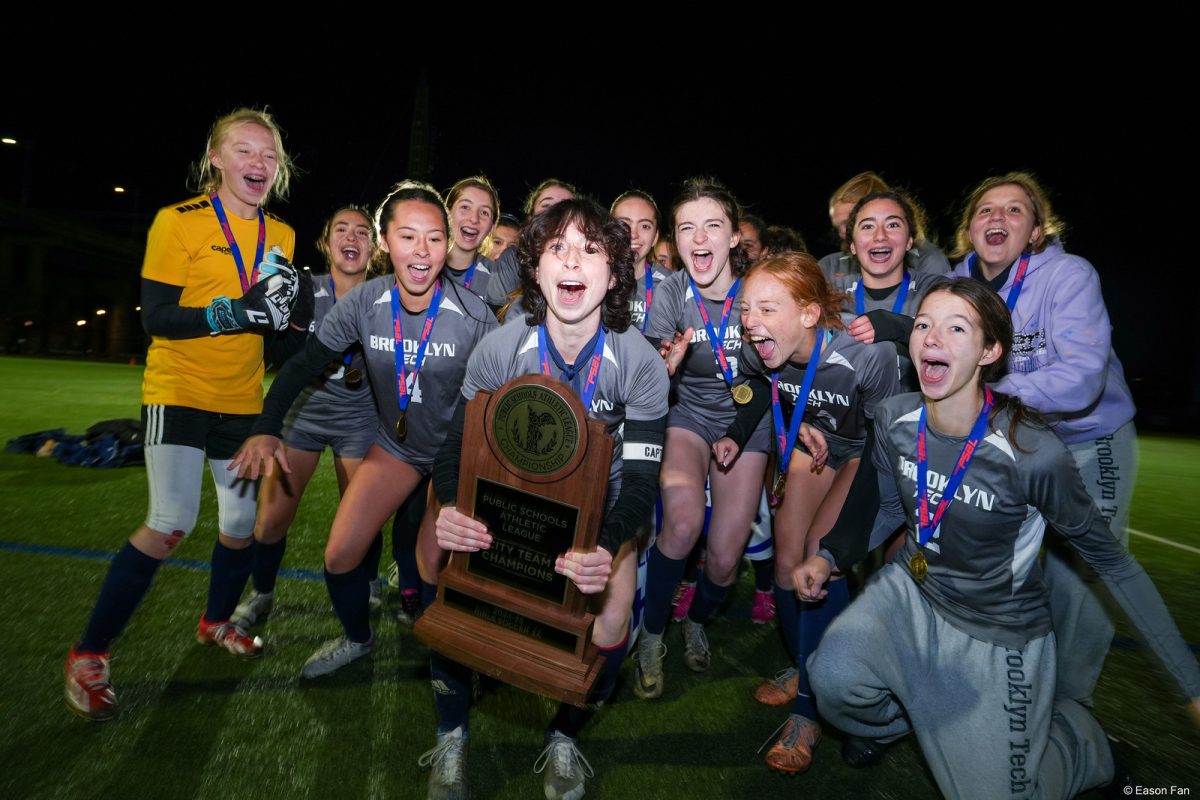
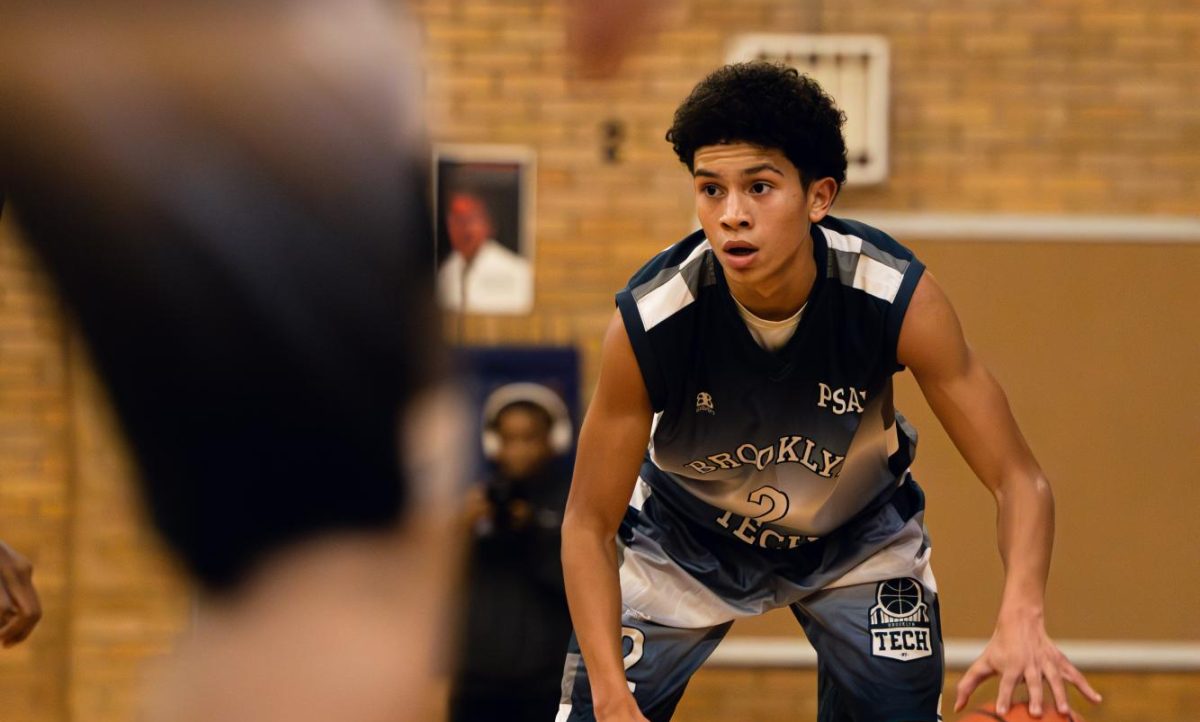







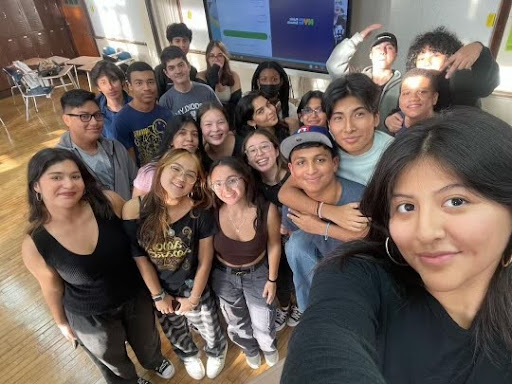
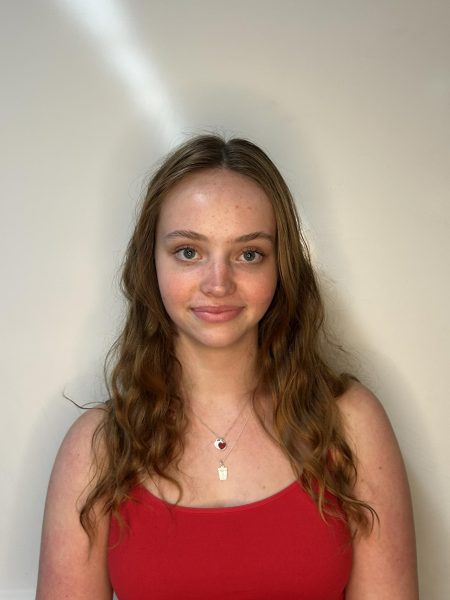
Toria • Mar 1, 2025 at 7:50 am
This was so well written, it brought me to tears. As a mom of a black athlete in a niche sport, I often think about access and opportunity. It’s interesting that Erin returned to the sport for the team aspect. Sometimes support is just what you need to push forward.